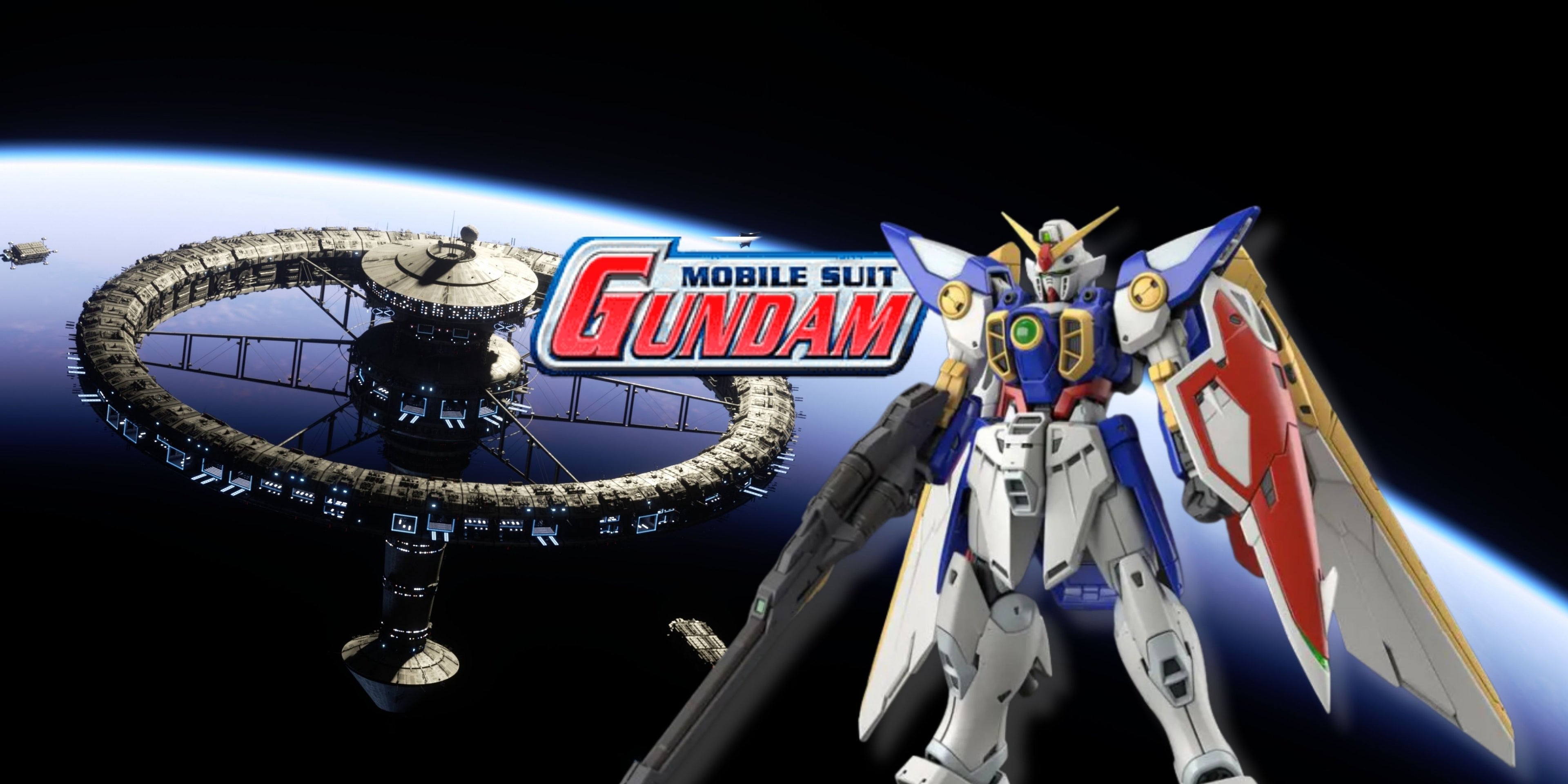

Gundam
Launched in 1979 with Mobile Suit Gundam, the Gundam franchise changed anime history by introducing the world to the "real robot" subgenre. Unlike earlier mecha series that focused on superpowered machines, Gundam emphasized military realism, complex political struggles, and morally ambiguous characters. The result? A sprawling epic about war, identity, and the cost of progress — all told through the eyes of young pilots caught in battles they didn’t start but must survive.
At the core of nearly every Gundam series is the tension between Earth and its space colonies, often personified in the ideological clash between Newtypes like Amuro Ray and charismatic adversaries like Char Aznable. Over the years, Gundam has branched out from its original Universal Century timeline to include parallel universes like Wing, SEED, 00, and Iron-Blooded Orphans, each bringing its own take on war, politics, and the enduring question: what does it mean to be human in a mechanized world?
More than just anime, Gundam is a full-blown cultural phenomenon. It's inspired manga, novels, games, museums, full-sized statues in Japan — and an empire of Gunpla, the plastic model kits that have become a rite of passage for collectors worldwide.
Whether you're drawn to the noble ideals of the Earth Federation, the tragic allure of Zeon, or the scrappy survival of mercenaries and rebels, there's a Gundam series (or ten) for you. This is anime with ambition, heart, and a 60-foot tall beam saber.

“In war, to keep the upper hand, you have to think two or three moves ahead of the enemy.”
- Char Aznable, the coolest masked man in space... except maybe Zechs Merquise


More Than Just Mecha. Welcome to Gundam.
Fun Fact
The word Gunpla is short for Gundam Plastic Model — a hobby so popular that it has its own competitive tournaments, TV shows, and dedicated museums. The life-sized RX-78-2 Gundam statue in Yokohama actually moves and draws huge crowds of fans daily.




